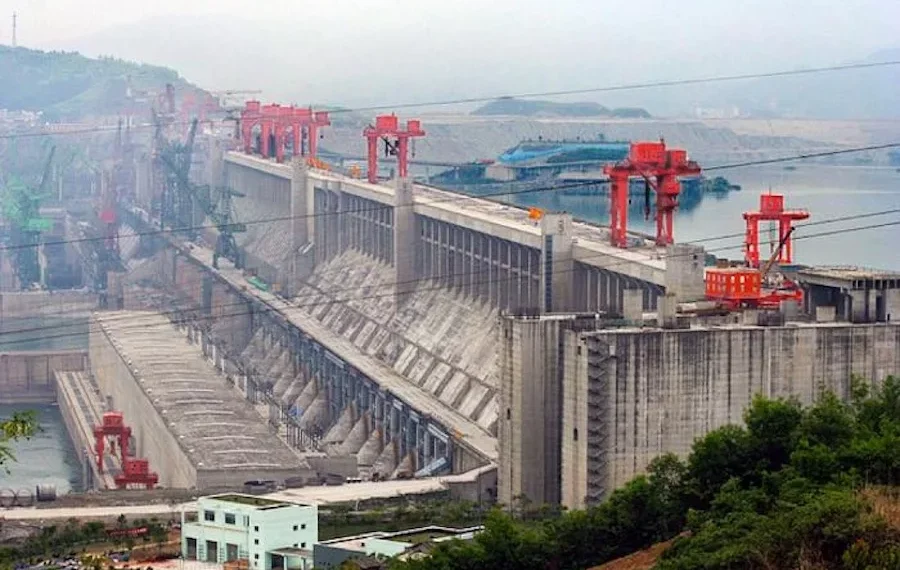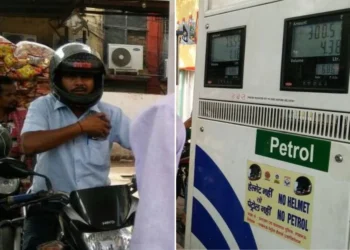Rivers aren’t just water. They’re life systems holding cultures together, farming alive, whole communities surviving. China’s new hydropower dam plan on Tibet’s Yarlung Zangbo river has people worried hardcore though. We’re talking about 170 billion dollars for what’s being called one of Earth’s biggest dams ever built. On paper it’s a development thing. For India though? Water security panic buttons get pressed.
Here’s why it matters locally. That same river becomes the Brahmaputra after crossing into India’s northeast region.
Basically forms the spine keeping agriculture running there through irrigation and fishing grounds while carrying deep-rooted cultural weight for riverside communities. Thing is? If China starts controlling flow rates upstream during dry seasons… well you can imagine parched fields downstream.
India’s counterplay involves fast-tracking their own massive dam project up in Arunachal Pradesh’s Upper Siang area. Sounds logical until you realize this means displacing over ten thousand villagers minimum besides wrecking forest ecosystems and rolling dice with landslide risks.
A few things stand out here though. China gains major strategic leverage by controlling water flow like a tap operator at will during droughts or disputes first off. Then there’s India facing potential agricultural collapse in northeastern states when rains disappear each year thirdly. Not to mention indigenous communities getting bulldozed for this infrastructure race fourthly environment takes multiple hits from biodiversity loss to sudden floods fifthly both nations risk decades-long conflicts if communication channels stay silent.
The real kicker? Both sides could end up stuck in disputes for years if they don’t figure out how to talk this through properly you know without making rivers into political weapons while villages and ecosystems pay the price either way really seems like nobody wins that scenario but here we are anyway.
If you see, water disputes are not new.
India has dealt with water conflicts with Pakistan over the Indus before.
The Brahmaputra situation hits different though. This isn’t just crops and irrigation we’re talking about. Millions in Assam and Arunachal depend on that river every single day for basic needs.
Folks along the banks are already nervous. Farmers worrying their fields will turn to dust without enough water flow. Fishermen scared their nets will come up empty season after season. Families fretting about losing generations of cultural ties to the river’s rhythms. This goes way beyond political games. Lives hang in the balance here.
A few voices mention maybe India and China should work out a water deal instead of racing to build dams. Like how countries manage trade agreements or shared roads. But with all the border tensions lately, cooperation feels pretty unlikely right now.
One thing’s clear at least. That dam project shoved water security front and center in India-China relations.
Leaders need to move fast on policies that protect regular people’s survival, not just play diplomatic chess. When you mess with a river’s natural flow, the damage ripples further than any map line shows.








